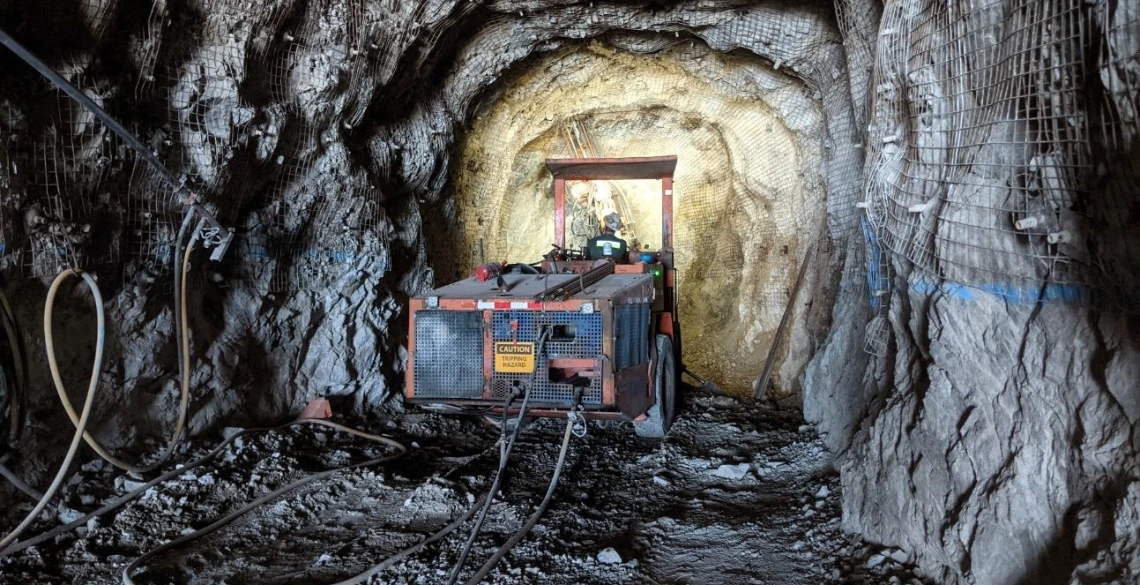Digging Deep: The Provost's Investment Fund Supports Mine Research

No description provided
About 20 miles south of Tucson, and 300 feet underground, there's a sophisticated laboratory offering technological advancements for those of us living on the surface.
While most people may not realize the value of a mine, minerals are necessary for basic materials used daily. From pencils and batteries to jet fuel and electricity, minerals power our world. And harnessing that power can be quite a feat.
"The University of Arizona is unique in the U.S. and perhaps in the world in having an underground mine with multiple levels and a working shaft that can be a state-of-the-art technology facility," said James Werner, assistant director of the San Xavier Mining Laboratory.
Werner also is the lead for the San Xavier Underground Mining Laboratory project, which is among several proposals that have received support through the Provost's Investment Fund.
The Provost's Investment Fund is a biannual competitive funding opportunity designed to ensure that the University can be nimble and proactive in funding high-impact projects that align with the University's strategic goals and support ambitions for institutional excellence and distinctiveness.
In fall 2019, the San Xavier Mining Laboratory, through the Department of Mining and Geological Engineering, was awarded $174,000 to modernize and expand some of the existing underground tunnels.
The San Xavier Mining Laboratory, which is owned and operated by the University of Arizona, was once a working mine. Today, the laboratory serves as a research and training facility that has attracted various projects, including some related to national defense, geosciences and miner rescue.
The investment in the mine allowed for the expansion of education and training offerings to University, community college and high school students, as well as government and industry professionals, Werner said. It also brought benefits for several partners – the College of Engineering, the College of Science, the College of Agriculture and Life Sciences and the Mel and Enid Zuckerman College of Public Health – as well as the potential to add more.
"With a research-centric approach, students also have the opportunity to enroll in a wide variety of classes, workshops, directed research, independent study and training opportunities that use competency models and hands-on experience, thus driving institutional excellence," Werner said.
The funding went toward the development of a large decline – the tunnel that allows access to the mine and winds down into the mine – that is similar to the type found in a modern large-scale mine, allowing for the possibility of partnerships with equipment manufacturers looking to test and develop equipment in a more flexible environment than a producing mine, Werner said.
Despite delays caused by the pandemic, work was completed in summer 2021 as projected. The project also received financial support from the Lowell Institute for Mineral Resources and the College of Engineering.
"Having visited the laboratory, I was extremely impressed by the transformation," said Liesl Folks, provost and senior vice president for academic affairs. "The implications to the University, our students and future research are incredible."

